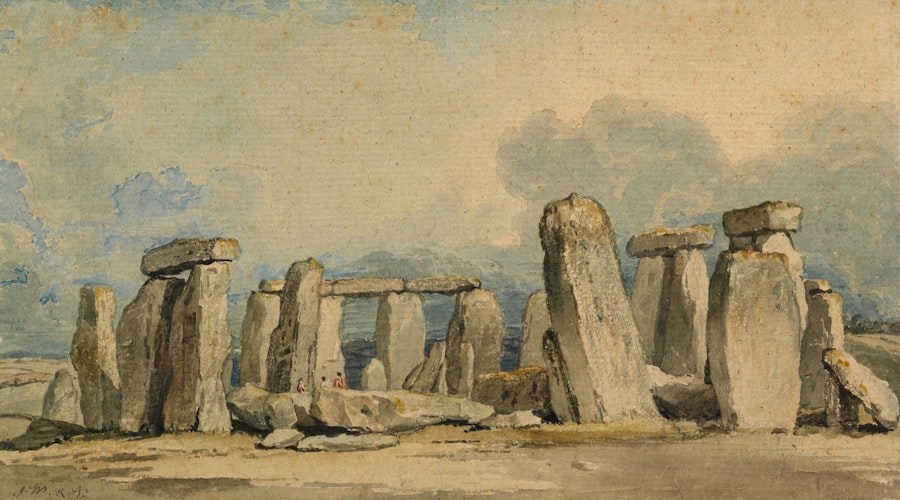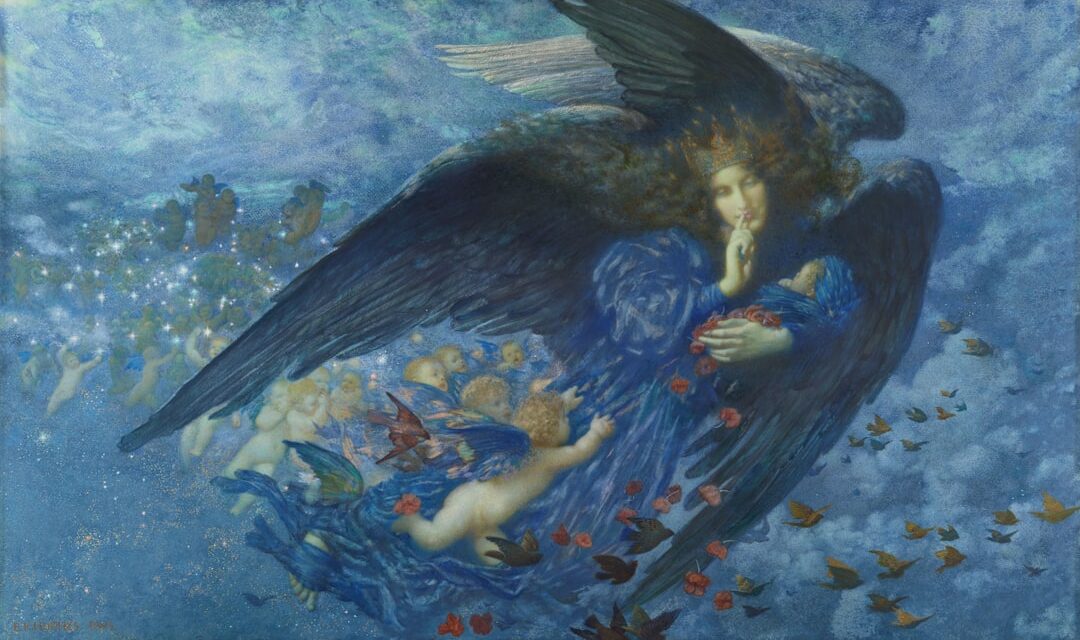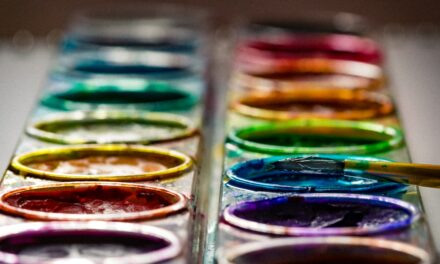Creative visualization is a potent tool that harnesses the mind’s ability to create vivid images and scenarios, allowing individuals to manifest their desires and aspirations. This practice is not merely about daydreaming; it involves a focused and intentional process of imagining outcomes that one wishes to achieve. By vividly picturing these scenarios, individuals can tap into their subconscious mind, which plays a crucial role in shaping their reality.
The power of creative visualization lies in its ability to bridge the gap between thought and action, enabling people to transform their dreams into tangible results. Moreover, the efficacy of creative visualization is supported by various psychological theories, including the law of attraction, which posits that positive thoughts attract positive outcomes. When individuals engage in creative visualization, they are not only envisioning their goals but also cultivating a sense of belief and confidence in their ability to achieve them.
This mental rehearsal can lead to increased motivation and resilience, as the mind becomes accustomed to the idea of success. As a result, creative visualization serves as a catalyst for personal transformation, empowering individuals to take proactive steps towards realising their ambitions.
Summary
- Creative visualization is a powerful tool for manifesting goals and desires.
- Techniques such as meditation and vision boards can enhance creative vision.
- Imagination plays a crucial role in shaping and refining creative vision.
- Creative vision can be used to set and achieve personal and professional goals.
- Cultivating a creative visionary mindset involves embracing curiosity and open-mindedness.
Techniques for Enhancing Creative Vision
To enhance one’s creative vision, several techniques can be employed that stimulate the imagination and encourage innovative thinking. One effective method is the practice of mindfulness meditation, which allows individuals to quiet their minds and focus on the present moment. By fostering a state of mental clarity, mindfulness can help unlock creative potential and facilitate the flow of ideas.
During meditation, individuals can visualise their goals in detail, imagining not only the end result but also the journey they will undertake to reach it. This holistic approach to visualization can deepen one’s connection to their aspirations and inspire actionable steps. Another technique for enhancing creative vision is engaging in brainstorming sessions, either individually or collaboratively.
This process encourages the free flow of ideas without the constraints of judgement or criticism. By allowing thoughts to emerge organically, individuals can explore unconventional solutions and perspectives that may not have been considered otherwise. Additionally, keeping a journal dedicated to creative thoughts and visualisations can serve as a valuable resource for reflection and inspiration.
Regularly revisiting these entries can reignite passion and clarity regarding one’s goals, further solidifying the power of creative vision.
The Role of Imagination in Creative Vision

Imagination is the cornerstone of creative vision, acting as the engine that drives innovation and artistic expression. It allows individuals to transcend the limitations of their current reality and explore possibilities that may seem unattainable. Through imagination, one can construct elaborate scenarios, envisioning not only what is but also what could be.
This capacity to dream beyond the confines of the present is essential for fostering creativity and generating new ideas. In essence, imagination serves as a playground for the mind, where thoughts can roam freely and take shape in myriad forms. Furthermore, imagination plays a critical role in problem-solving and decision-making processes.
When faced with challenges, individuals who harness their imaginative capabilities can envision multiple solutions and outcomes. This ability to think outside the box enables them to approach obstacles with a fresh perspective, often leading to innovative resolutions. By nurturing one’s imagination through creative exercises such as storytelling or visual arts, individuals can enhance their overall creative vision, allowing them to navigate life’s complexities with greater ease and confidence.
Using Creative Vision to Achieve Goals
The application of creative vision in goal achievement is a transformative process that empowers individuals to take charge of their destinies. By clearly defining their objectives and visualising the steps required to reach them, individuals can create a roadmap for success. This process involves not only imagining the end goal but also breaking it down into manageable tasks that can be tackled incrementally.
As each step is visualised and subsequently realised, individuals build momentum and confidence in their abilities. Moreover, integrating creative vision into daily routines can significantly enhance productivity and focus. By setting aside time each day for visualisation exercises, individuals can reinforce their commitment to their goals.
This practice serves as a reminder of what they are working towards, helping to maintain motivation even in the face of setbacks. Additionally, visualising potential obstacles and strategising ways to overcome them can prepare individuals for challenges ahead, ensuring they remain resilient on their journey towards success.
Cultivating a Creative Visionary Mindset
Cultivating a creative visionary mindset requires intentional effort and a willingness to embrace change. It begins with fostering an attitude of curiosity and openness to new experiences. By seeking out diverse perspectives and engaging with different forms of art and culture, individuals can expand their horizons and enrich their creative vision.
This mindset encourages exploration and experimentation, allowing for the discovery of unique ideas that may resonate on a personal level. Furthermore, embracing failure as a natural part of the creative process is essential for developing a visionary mindset. Rather than viewing setbacks as insurmountable obstacles, individuals should recognise them as opportunities for growth and learning.
This shift in perspective fosters resilience and encourages individuals to persist in their creative pursuits despite challenges. By surrounding themselves with supportive communities that celebrate creativity and innovation, individuals can further nurture their visionary mindset, creating an environment conducive to exploration and self-discovery.
Overcoming Obstacles to Creative Vision

Overcoming Self-Doubt
One common barrier is self-doubt, which can stifle creativity and prevent individuals from fully embracing their imaginative capabilities. To overcome this challenge, it is crucial to cultivate self-compassion and recognise that everyone experiences moments of uncertainty. Engaging in positive affirmations and surrounding oneself with encouraging influences can help counteract negative self-talk and foster a more supportive internal dialogue.
The Fear of Judgement
Another significant obstacle is the fear of judgement or criticism from others. This fear can lead individuals to suppress their creative impulses or conform to societal expectations rather than pursuing their authentic visions.
Creating Safe Spaces for Self-Expression
To combat this fear, it is essential to create safe spaces for self-expression where experimentation is encouraged without the threat of judgement. Engaging with like-minded individuals who share similar passions can provide a sense of belonging and validation, empowering individuals to embrace their unique creative visions without reservation.
Applying Creative Vision in Daily Life
Integrating creative vision into daily life can lead to profound changes in perspective and overall well-being. One practical approach is to incorporate visualisation techniques into morning routines or daily rituals. By dedicating time each day to envisioning goals and aspirations, individuals can set a positive tone for the day ahead.
This practice not only enhances focus but also cultivates a sense of purpose that permeates daily activities. Additionally, embracing creativity in everyday tasks can transform mundane routines into opportunities for self-expression. Whether through cooking, gardening, or even organising one’s workspace, infusing creativity into these activities allows individuals to connect with their imaginative selves on a deeper level.
By viewing daily life through a creative lens, individuals can find joy in the ordinary and discover new ways to express themselves authentically.
The Impact of Creative Vision on Personal Growth
The impact of creative vision on personal growth is both profound and far-reaching. As individuals engage with their imaginative capabilities and pursue their goals with intention, they often experience increased self-awareness and confidence. This journey of self-discovery allows them to uncover hidden talents and passions that may have remained dormant without the encouragement of creative vision.
Moreover, embracing creative vision fosters adaptability and resilience in the face of life’s challenges. Individuals who cultivate this mindset are better equipped to navigate change and uncertainty, viewing obstacles as opportunities for growth rather than insurmountable barriers. Ultimately, the practice of creative visualization not only enhances personal achievements but also enriches one’s overall quality of life by fostering a deeper connection with oneself and the world around them.
Through this transformative process, individuals can unlock their full potential and embark on a lifelong journey of creativity and self-discovery.
If you are interested in exploring more about art museums around the world, you may want to read about the Serralves Museum of Contemporary Art in Porto, Portugal. This article provides an introduction to the museum and its collection, offering a glimpse into the vibrant art scene of Portugal. Creative Visions can be inspired by the diverse and innovative works showcased in museums like the Serralves Museum.



